One Week With the Razer Book
Purchase Price: $999.99
We are a participant in the Amazon Services LLC Associates Program, an affiliate advertising program designed to provide a means for us to earn fees and support our channel by linking to Amazon.com and affiliated sites.
*$999 model is exclusive to the Razer website
The last Razer laptop we purchased as our personal laptop was the Razer Blade Stealth. While it’s safe to say that we initially were impressed with the laptop, by the end of its 3 year lifespan with us, our positive opinions waned due to multiple durability issues we experienced. Fast forward to the age of Windows 11 and we now have the Razer Book in the office with a brand new version of Windows out of the box. A week after pulling it out of the packaging, we’ve sure had an interesting time with the Razer Book. The ironic thing is none of it has to due with anything Razer related.
A Packaged Experience
The Razer Book launched last year as what Razer marketed to be a productivity laptop. For a brand known for gaming, this was an intriguing exploration outside of their expertise. Aside from the Razer logo on the Mercury colored aluminum shell and the signature chroma keyboard, this laptop could easily be mistaken for something else. Unboxing the Razer Book felt eerily similar to that of an Apple Macbook experience. It’s presented in a minimalistic packaging that focuses your attention on the product. It’s a presentation fit for a premium segment when compared to a lot of other laptops we’ve been pulling out of the boxes recently. Presentation is a minor thing when purchasing a computer, but making a solid first impression is always nice.
Alongside the charging brick is the silver bodied laptop that houses an 11th gen Intel Core i5-1135G7 processor with 8 GB of ram and 256 GB of SSD. Unlike the Blade line of gaming laptops, Razer put in an Intel Iris Xe graphics card onto the Razer Book. Speaking of dimming down specs, this model only has a 13.4” FHD 1920 x 1200 p matte display while more expensive configurations provide higher resolution and touch screen displays.
This is essentially the same laptop that Razer launched in 2020 except for the fact that it now comes with Windows 11 installed right out of the box. There’s no need to go through an upgrade process. Coinciding with the new OS, Razer has now dropped the MSRP of this starting model to $999. With this new price point and it’s goal to be a work laptop, Razer has now taken aim at invading market controlled by HP, Lenovo, the Apple Macbook Air and Surface Laptops.
Actual Ports
We’ll see if this laptop has the firepower to get things done like those other productivity laptops do in our full review, but we can tell you for sure that at least from a functionality standpoint, Razer has given users just enough to get things done. Razer supplies us with a USB 3.1 port, 2x Thunderbolt 4 USB-C ports, a 3.5 mm audio jack, an HDMI 2.0 port and a MicroSD card slot. While that certainly doesn’t win any awards, for a portable workstation with a lot of design style points, there’s enough included here to satisfy an average worker.
Still Razer at inside
Even though this isn’t marketed as a gaming laptop, it still does have a certain Razer aesthetic presence behind it. This is clearly evident with the flashing lights coming off of the keyboard. It just isn’t a Razer product if RGB isn’t front and center somewhere somehow. Compatible with the Razer Synapse software, the keyboard can be configured to match your mechanical setup at home if you so desire.
Windows 11 Headache
While the fit and finish of the Razer Book is quite impressive immediately out of the box, there was one gigantic headache within a couple days that hamper the initial excitement: Windows 11. We won’t properly review Windows 11 until we’ve had adequate time incorporating our lives around it, but we can’t really use it if half of Windows is literally missing. We’ve encountered the dreaded missing taskbar icons and even applying all the fixes from the beta and developer builds or updating to the current official Microsoft version hasn’t made it function again. This laptop was essentially dead on arrival for us and until we finally do hit that update to restore the taskbar functionality, it’s hard to use an OS that requires so much interaction with that said missing thing.
The irony behind this is that during the short time where we did have a working Windows 11 taskbar, we actually liked the new integration for workflow. It’s reminiscent of Chrome OS with the simplicity of operation, no-nonsense settings and location of clean icons. It just flowed nicely. Hopefully we get the taskbar bug out of the way soon on our laptop and we can get back to testing what was originally promising hardware with an exciting new generation interface..

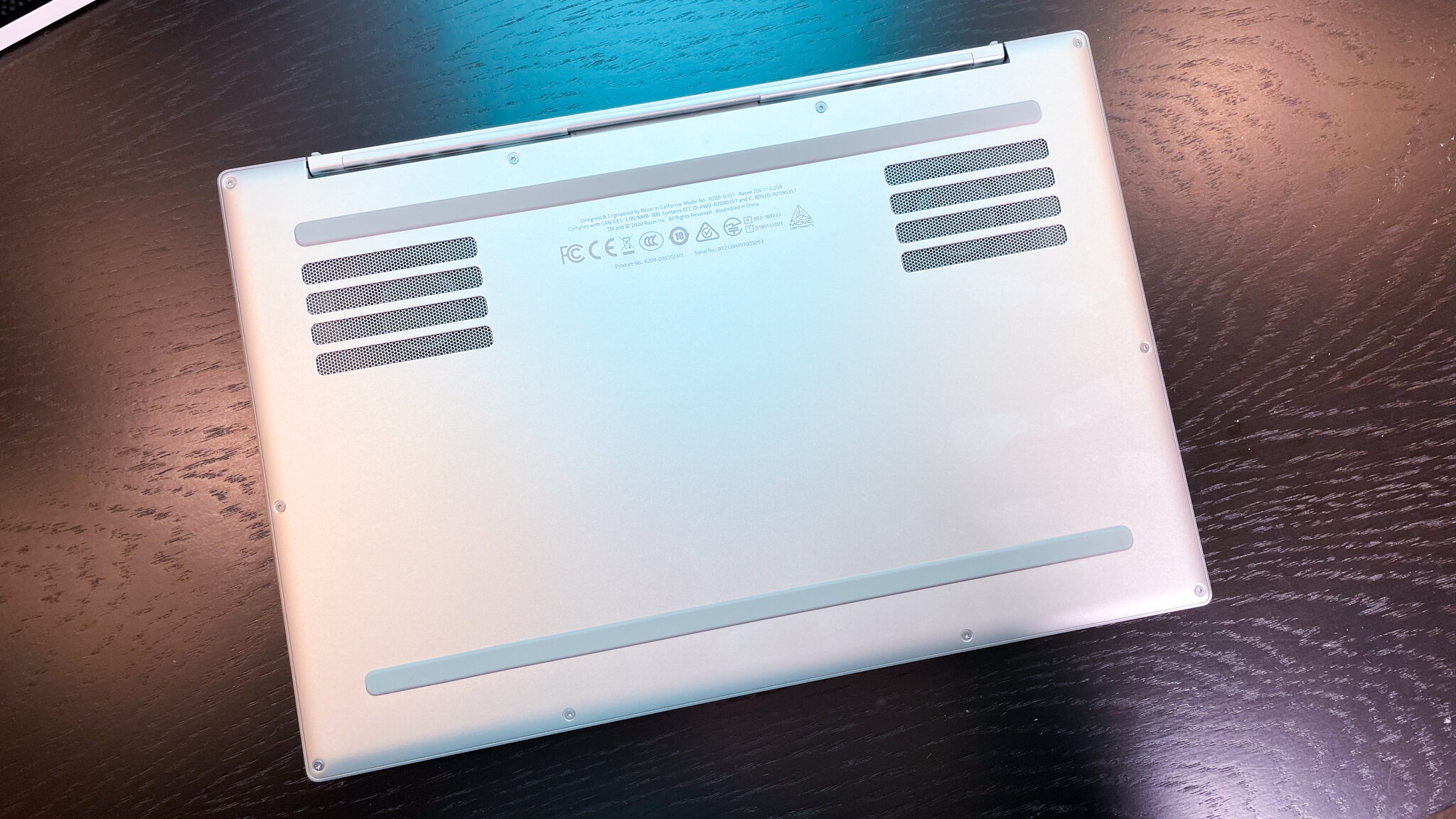
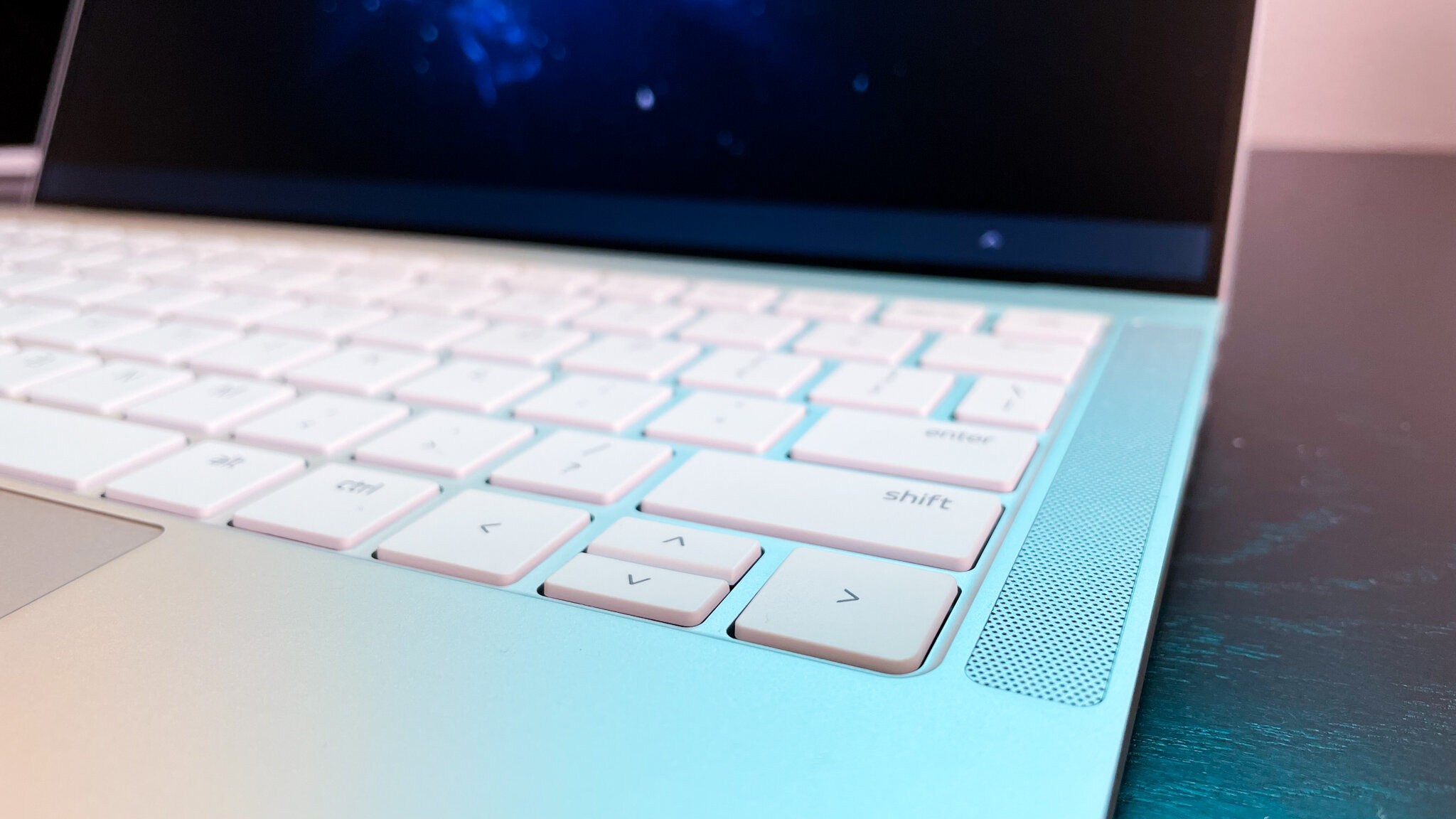
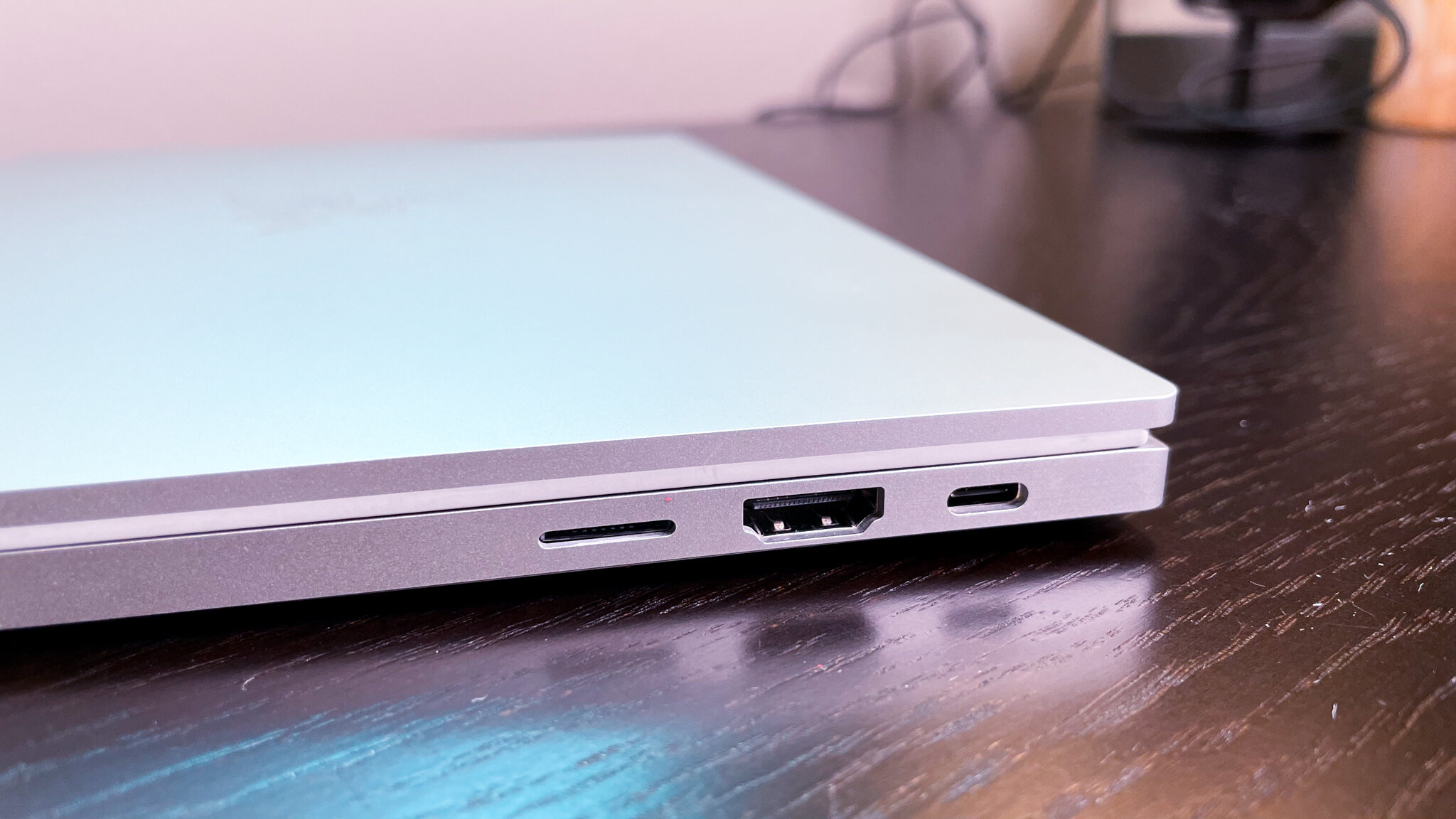
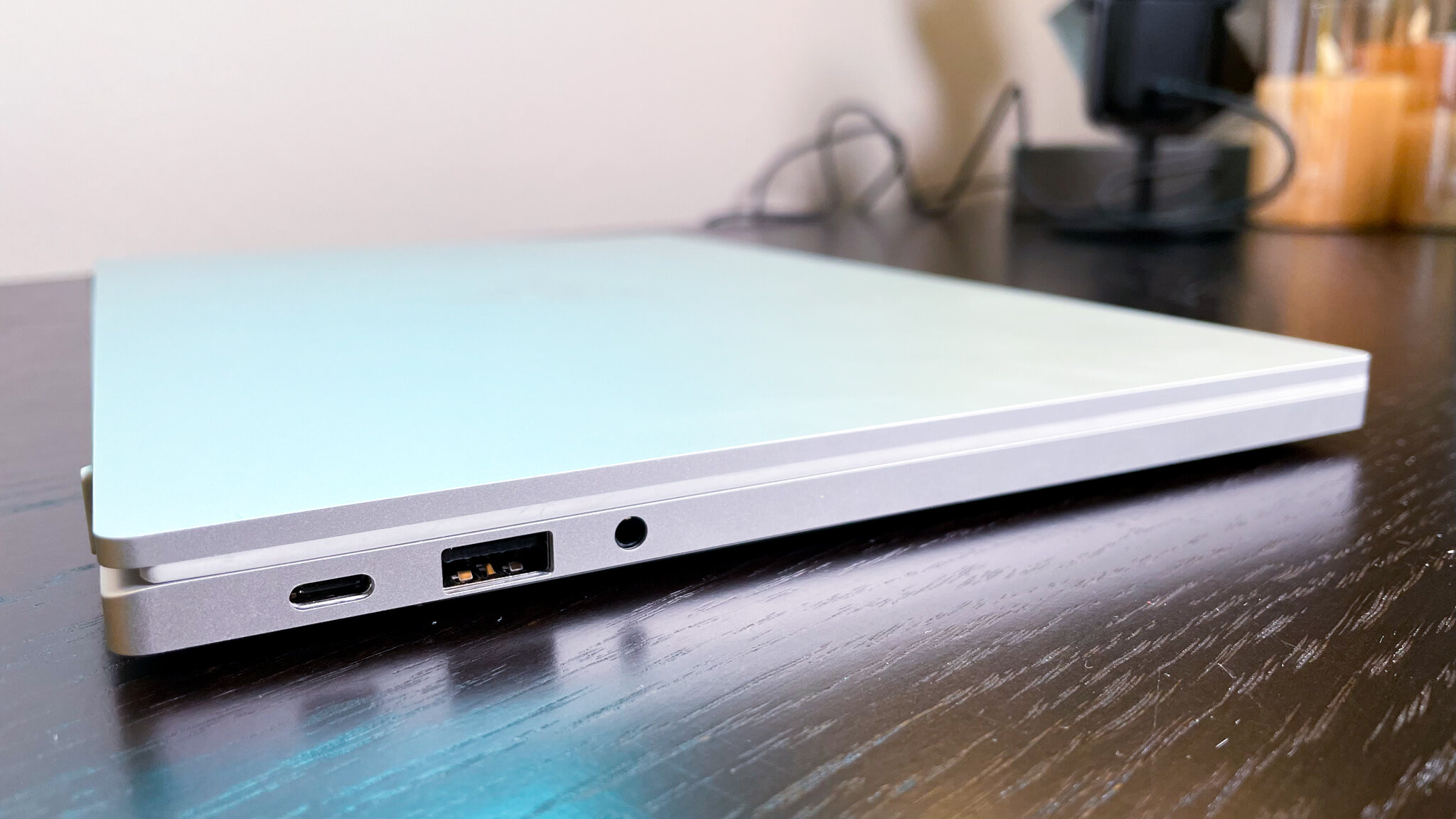
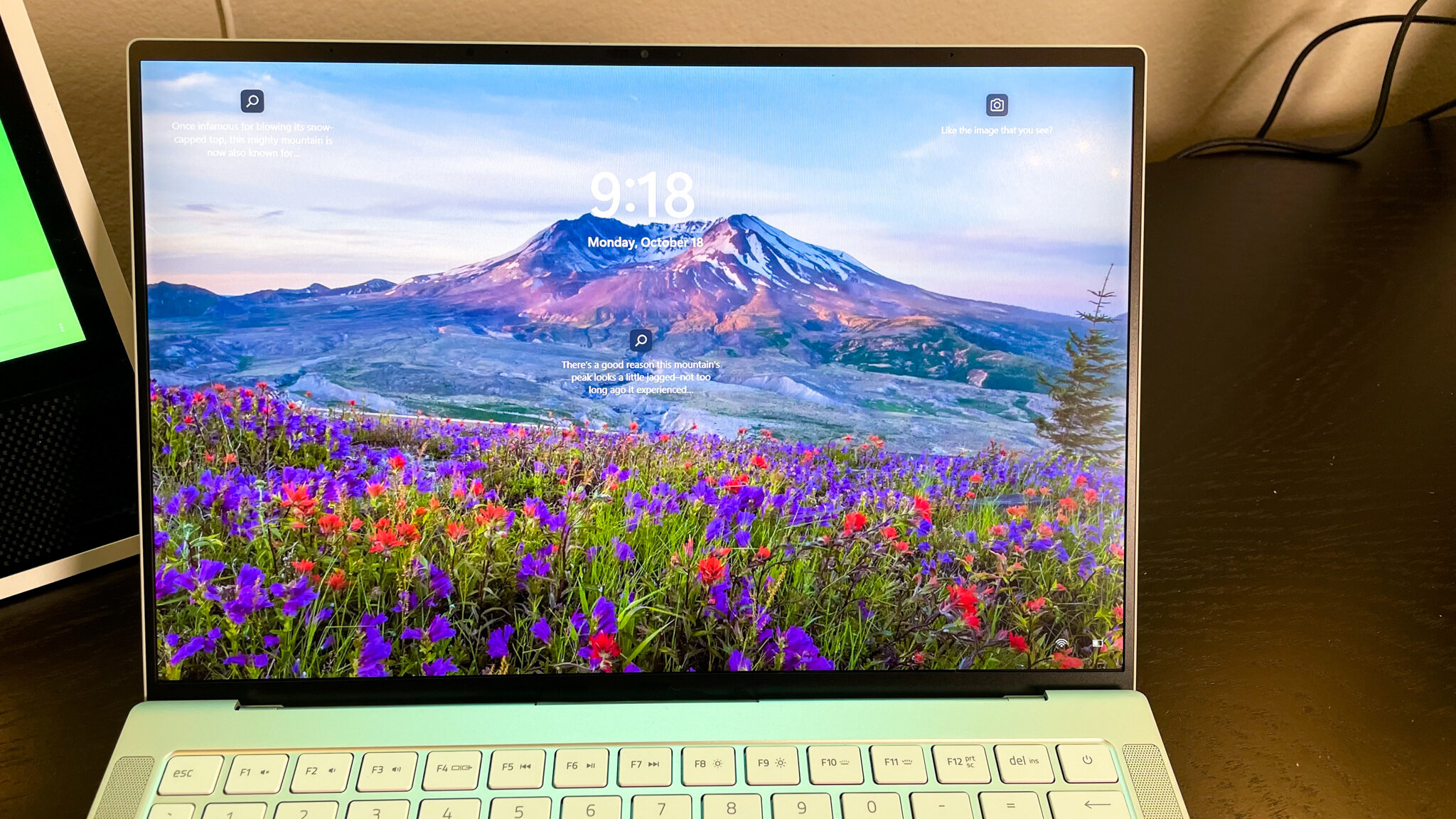
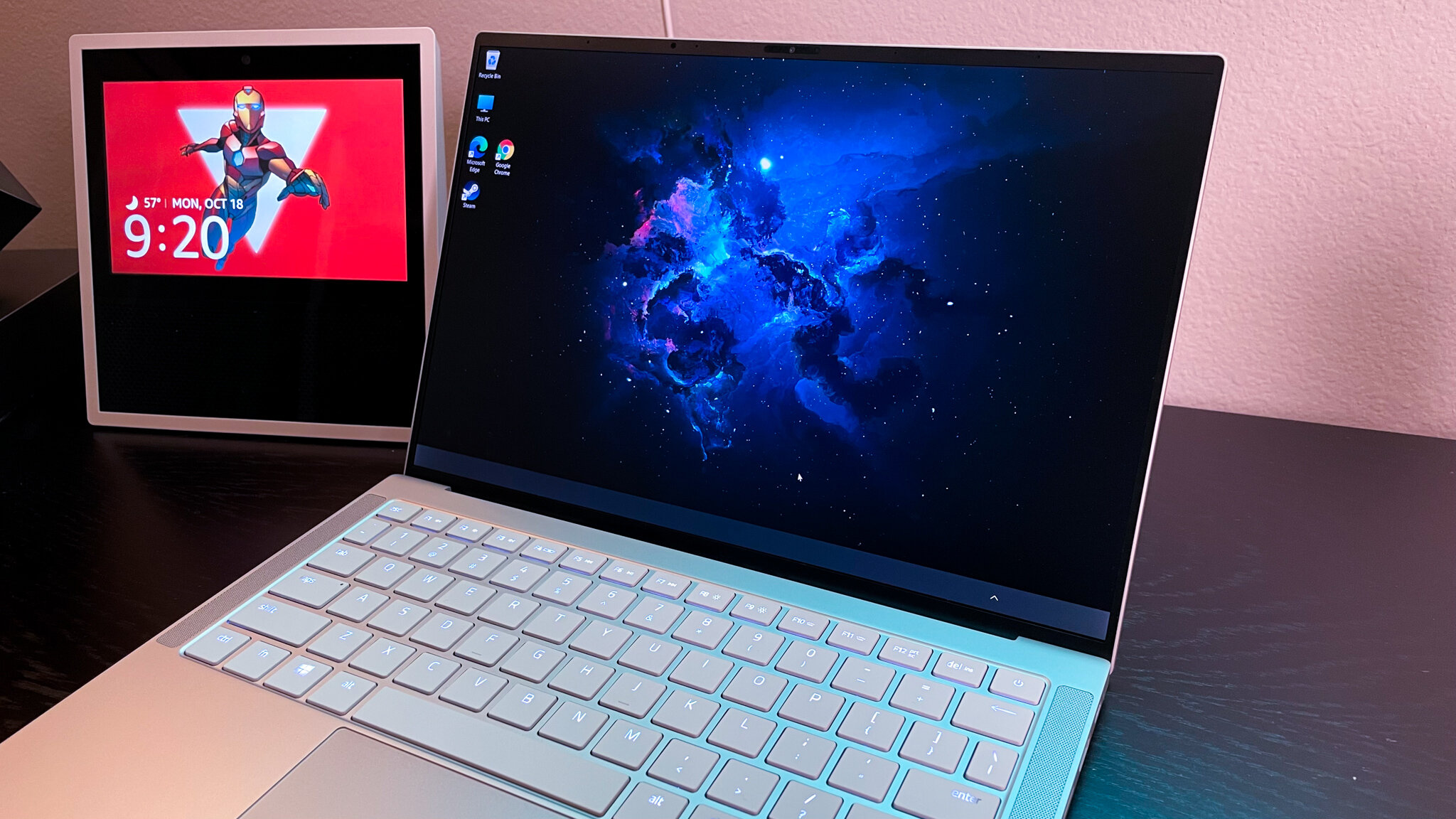
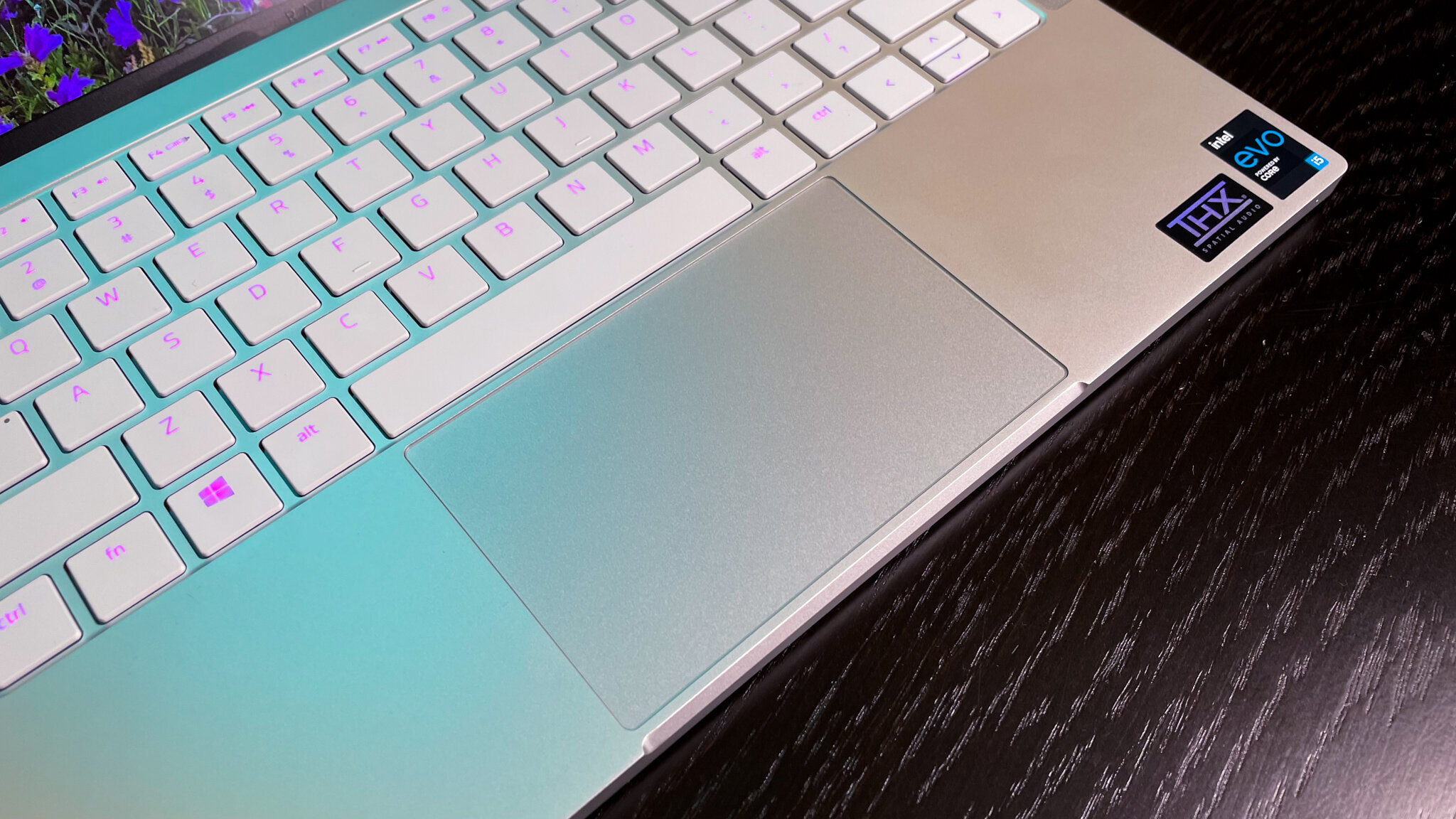











Alex
With nearly a decade under his belt running his video production team, and countless hours traveling the country to report on pop culture events during his tenure as a contributor for AXS Examiner, Alex has relied on a lot of gadgets over the years. That still hasn’t satiated his need to get his hands on the newest and greatest the world has to offer!